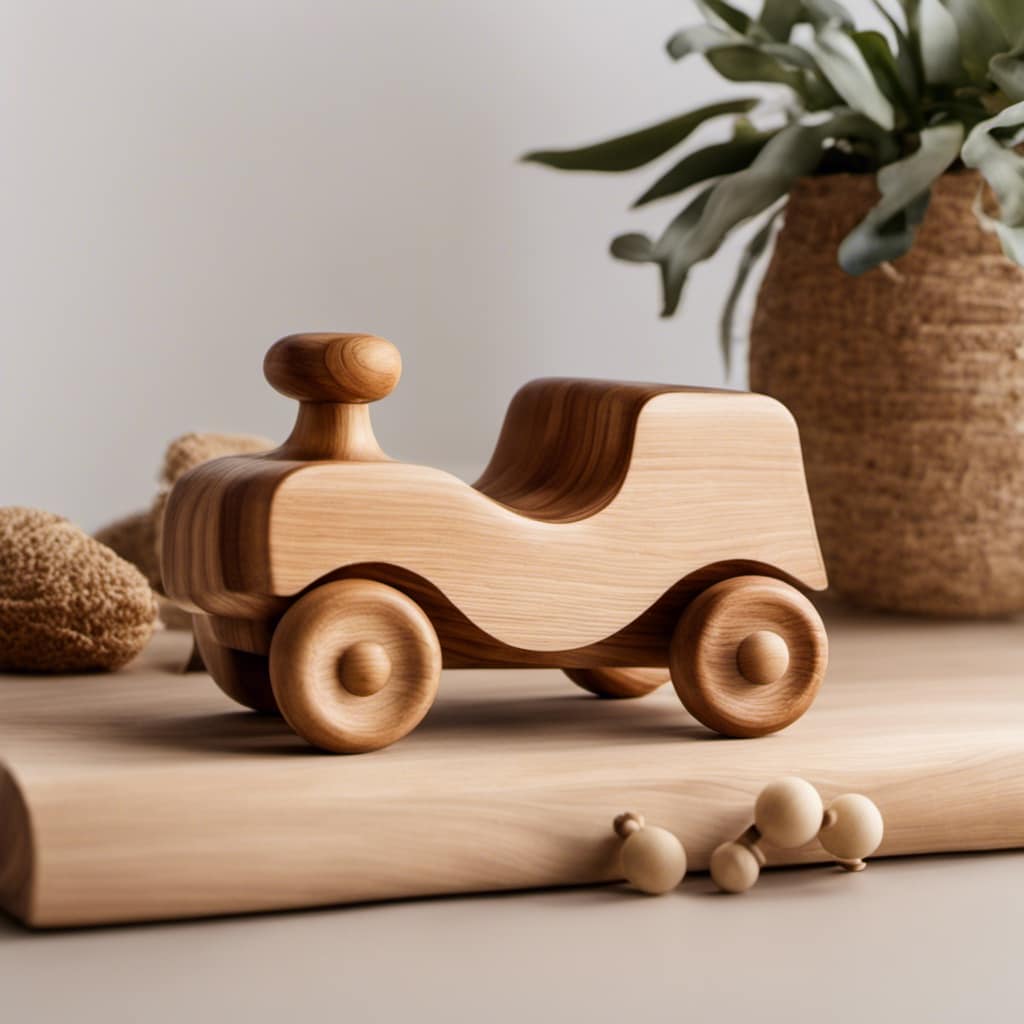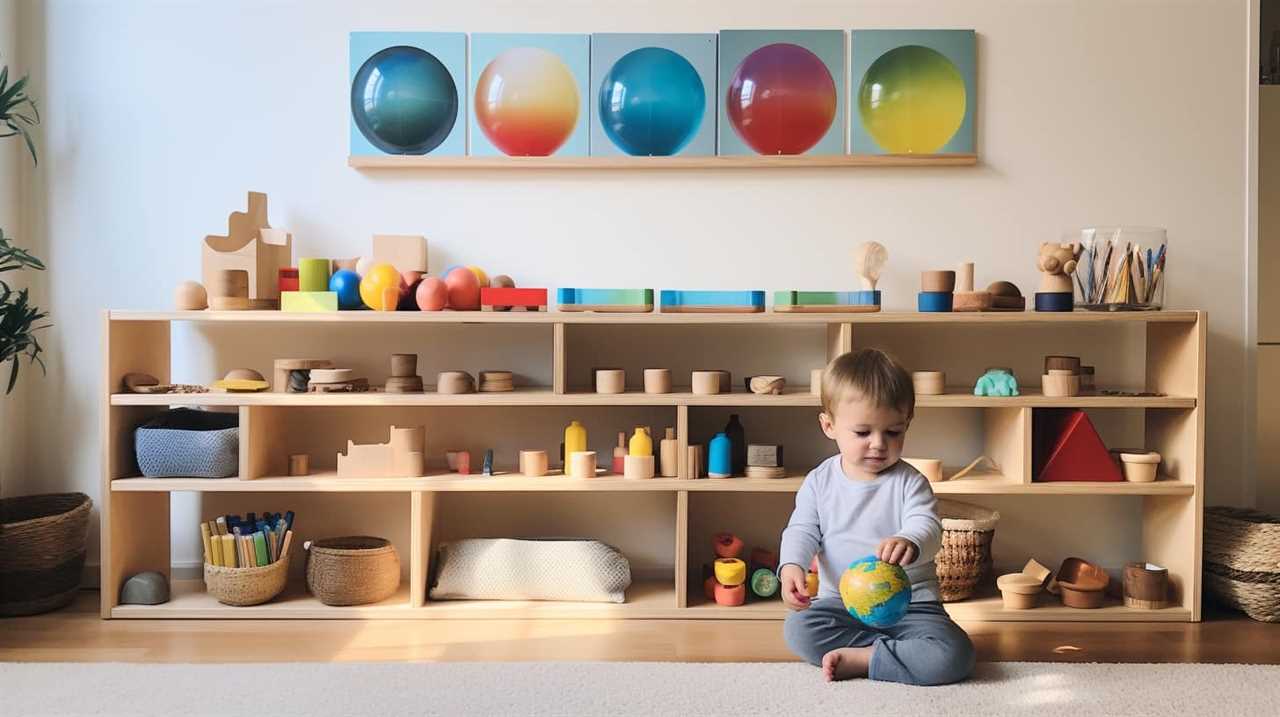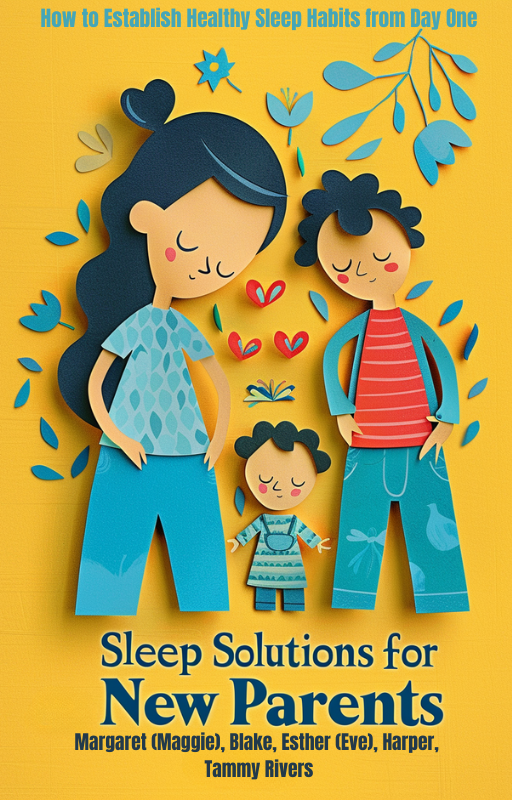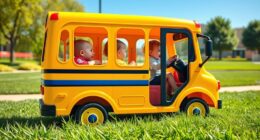Art plays a vital role in stimulating the progress and growth of children. It sparks creativity, unleashes imagination, and contributes to development in multiple areas. Whether it’s enhancing social skills, cognitive abilities, emotional health, or physical dexterity, art acts as a driving force for overall growth.
Through engaging in art activities, children not only express themselves but also connect with others, problem-solve, and explore the world around them. Join me on this exploration of the profound impact art has on child development.
Key Takeaways
- Art promotes social development by encouraging interaction, collaboration, and cooperation among children.
- Art enhances cognitive development by fostering creative thinking, problem-solving, and critical thinking skills.
- Art supports emotional development by providing a safe space for self-expression, self-reflection, and empathy skills.
- Art contributes to fine motor skills development by improving hand-eye coordination, muscle strength, and spatial awareness.
Social Development Benefits of Art
Engaging in art activities helps me express myself in non-verbal ways and enhances my ability to perceive and interpret the world.
Art therapy and collaborative projects are two aspects of art that greatly contribute to my social development.
When I engage in art therapy, I am given a safe space to express my emotions and explore my inner thoughts. Through art, I can communicate my feelings when words fail.
Collaborative projects, on the other hand, allow me to interact and work together with other children. This promotes teamwork, communication, and cooperation, building essential social skills. I learn how to listen to others, share ideas, and compromise.
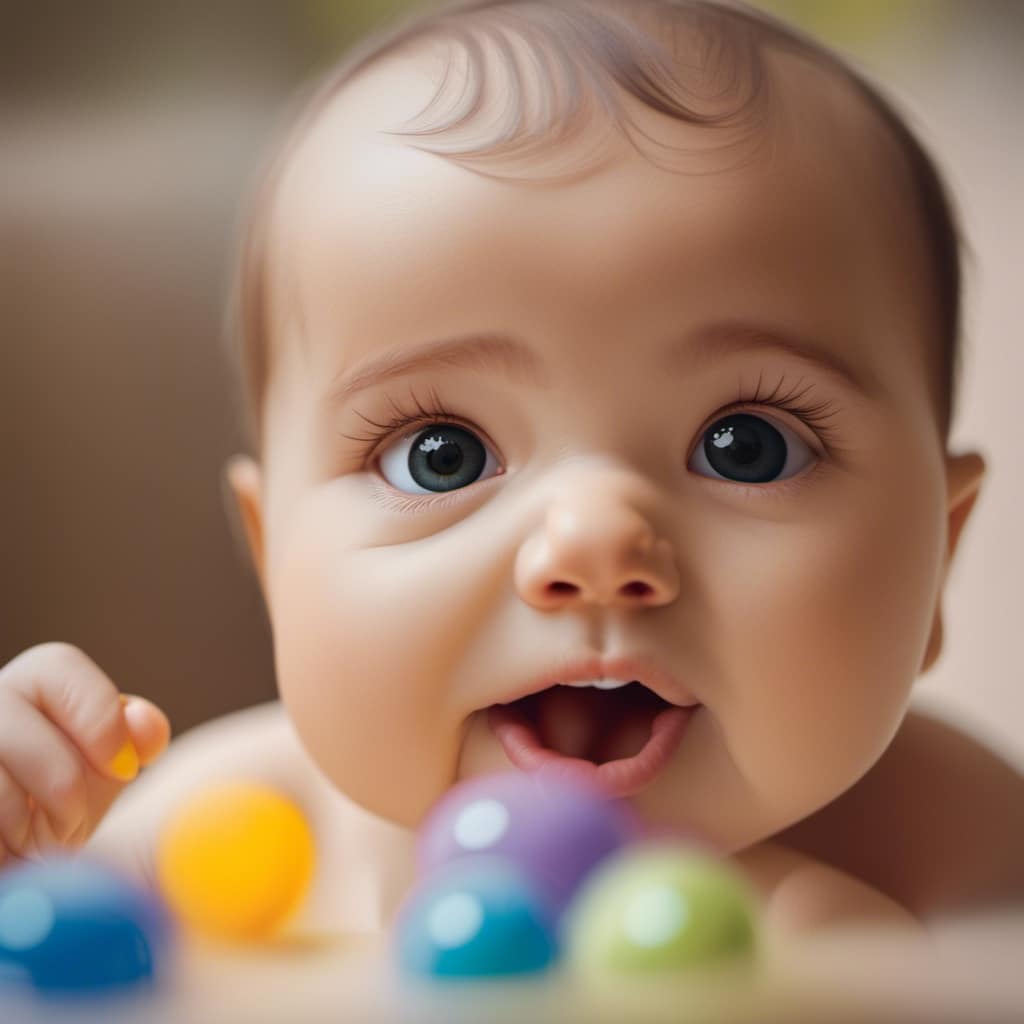
Art becomes a tool for connecting and collaborating with my peers, fostering a sense of belonging and community.
Cognitive Development Enhancements Through Art
Exploring different art forms has broadened my thinking and problem-solving abilities. Art has enhanced my critical thinking skills by challenging me to analyze and interpret visual information. When I engage in art activities, I have to think outside the box and come up with unique solutions. This helps me develop cognitive skills that are essential for problem-solving in various aspects of life.
Additionally, art has improved my spatial reasoning abilities. Through art, I have learned to understand object relationships in space, which is crucial for tasks such as building structures or organizing objects.
Emotional Development Impact of Art
Creating art allows me to explore and express a wide range of emotions, fostering self-awareness and providing a safe space for emotional growth and healing. Art therapy and self-expression therapy have been proven to have a significant impact on emotional development in children.
Here are three ways in which art can positively influence a child’s emotional well-being:
-
Emotional Expression: Through art, children can express their feelings and emotions in a non-verbal way. This allows them to communicate and process their emotions in a safe and creative manner.
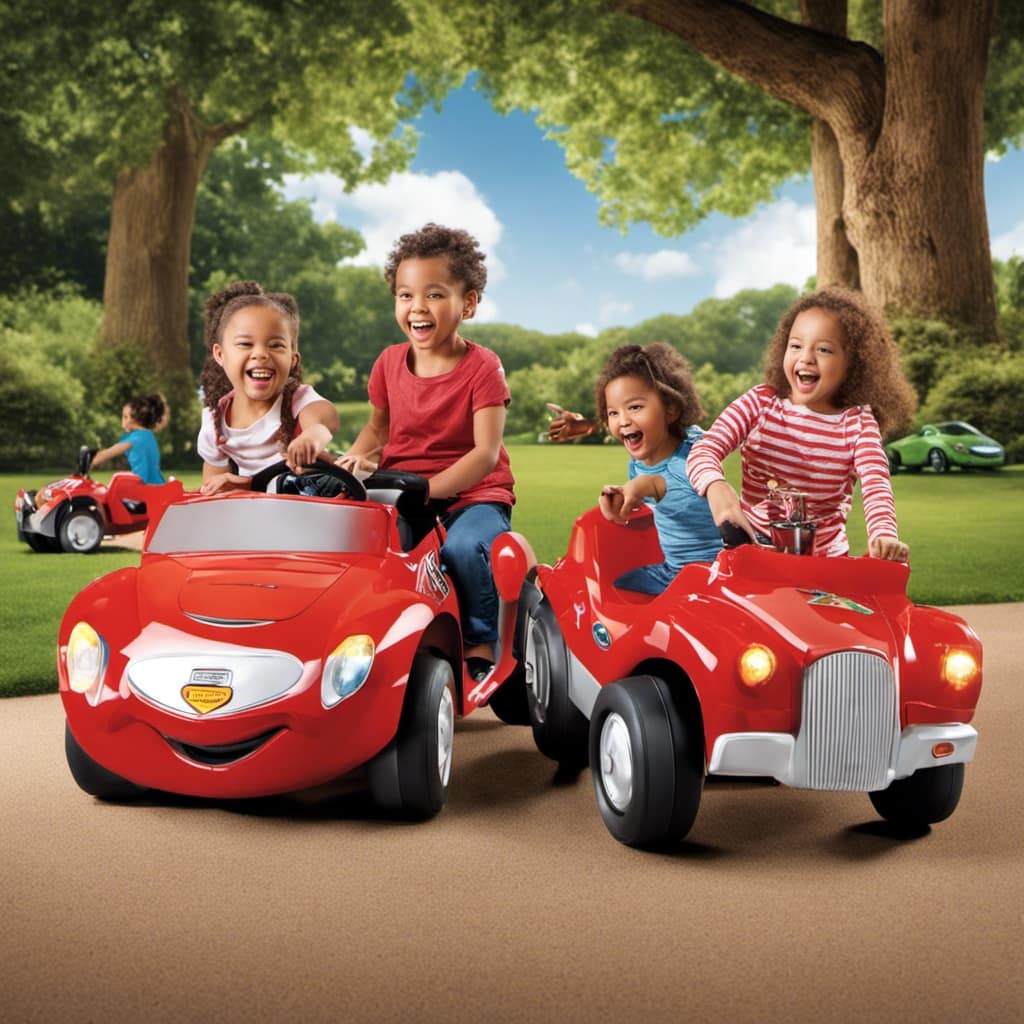
-
Self-Reflection: Art encourages self-reflection, as children can visually represent their thoughts and experiences. This promotes introspection and helps them gain a deeper understanding of their emotions.
-
Healing and Growth: Art provides a therapeutic outlet for children to explore and heal from emotional wounds. It allows them to release pent-up emotions and develop healthy coping mechanisms, leading to emotional growth and resilience.
Incorporating art into a child’s life can have a profound impact on their emotional well-being, making it an essential tool for supporting their overall development.
Fine Motor Skills Development With Art
Improving my fine motor skills through art has allowed me to develop better hand-eye coordination and strengthen the muscles in my hands and fingers.
Creating art requires precise movements and control, which has helped me improve my hand-eye coordination. When I paint or draw, I have to focus on guiding the brush or pencil with accuracy, helping me to connect what I see with the movements of my hands. This coordination between my eyes and hands has not only improved my artistic abilities, but it has also benefited other areas of my life, such as playing sports or playing a musical instrument.
Additionally, as I engage in art activities, I have noticed that my finger dexterity has improved. Manipulating small art tools, like paintbrushes or clay, has strengthened the muscles in my hands and fingers, making them more agile and nimble.
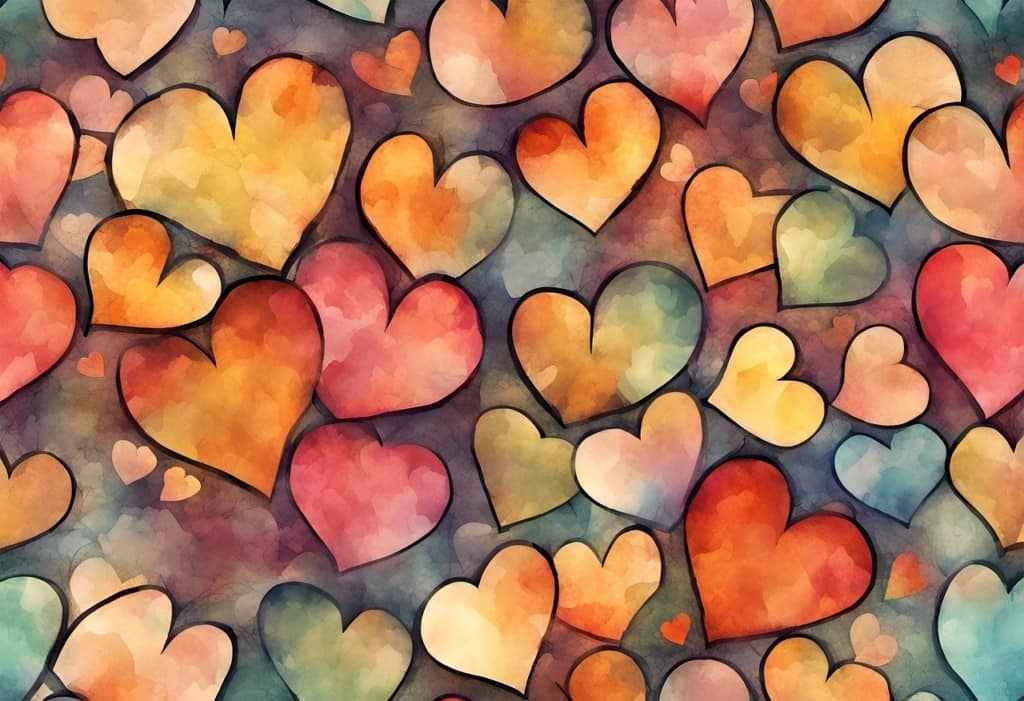
Art has been a fun and enjoyable way for me to enhance my fine motor skills and develop greater coordination and dexterity.
Personal Growth and Expression Through Art
Engaging in art activities has allowed me to express myself creatively and nurture my personal growth and self-expression. Through art, I have experienced the following benefits:
-
Artistic development: Creating art has helped me develop my artistic skills and abilities. I have learned different techniques, explored various mediums, and honed my artistic style.
-
Self-confidence: Art has boosted my self-confidence and self-esteem. When I create something that I am proud of, it gives me a sense of accomplishment and belief in my abilities.
-
Self-expression: Art has provided me with a platform to express my thoughts, feelings, and experiences. It allows me to communicate in ways that words cannot, giving me a voice and a means to share my innermost self with others.
Overall, art has been instrumental in my personal growth, helping me develop as an artist and as an individual. It has empowered me to embrace my creativity, build confidence, and express myself authentically.

Frequently Asked Questions
How Can Art Activities Promote Social Interaction and Communication Among Children?
Art activities promote social interaction and communication among children by encouraging collaboration and teamwork. By engaging in collaborative art projects, children learn to communicate their ideas, listen to others, and work together towards a common goal. Art also serves as a form of therapy, allowing children to express themselves and connect with others on a deeper level.
What Are Some Examples of How Art Can Enhance Cognitive Skills Such as Problem-Solving and Critical Thinking?
Art is a powerful tool for problem-solving and critical thinking. Through art, children learn to think outside the box, analyze visual information, and develop their observation skills. It’s amazing how art enhances cognitive abilities!
How Does Engaging in Art Activities Contribute to Emotional Development and Self-Expression?
Engaging in art activities allows for emotional exploration and self-expression. Art serves as a therapeutic tool, fostering empathy, self-reflection, and healing. It also builds confidence and self-esteem, nurturing personal growth and expression.
What Specific Fine Motor Skills Can Be Developed Through Art and How Do They Benefit Overall Development?
Engaging in art activities develops fine motor skills such as hand-eye coordination, muscle strength, spatial awareness, and control over hand movements. These skills benefit overall development, improving dexterity and enhancing control in various tasks.
In What Ways Does Art Nurture Personal Growth and Self-Expression, and How Does It Connect Children With Historical and Contemporary Artists?
Artistic inspiration and art therapy nurture personal growth and self-expression in children. By connecting them with historical and contemporary artists, art provides a platform for cultural appreciation, innovation, and the expression of thoughts and experiences.
Conclusion
In conclusion, art has a profound impact on a child’s development in various aspects.
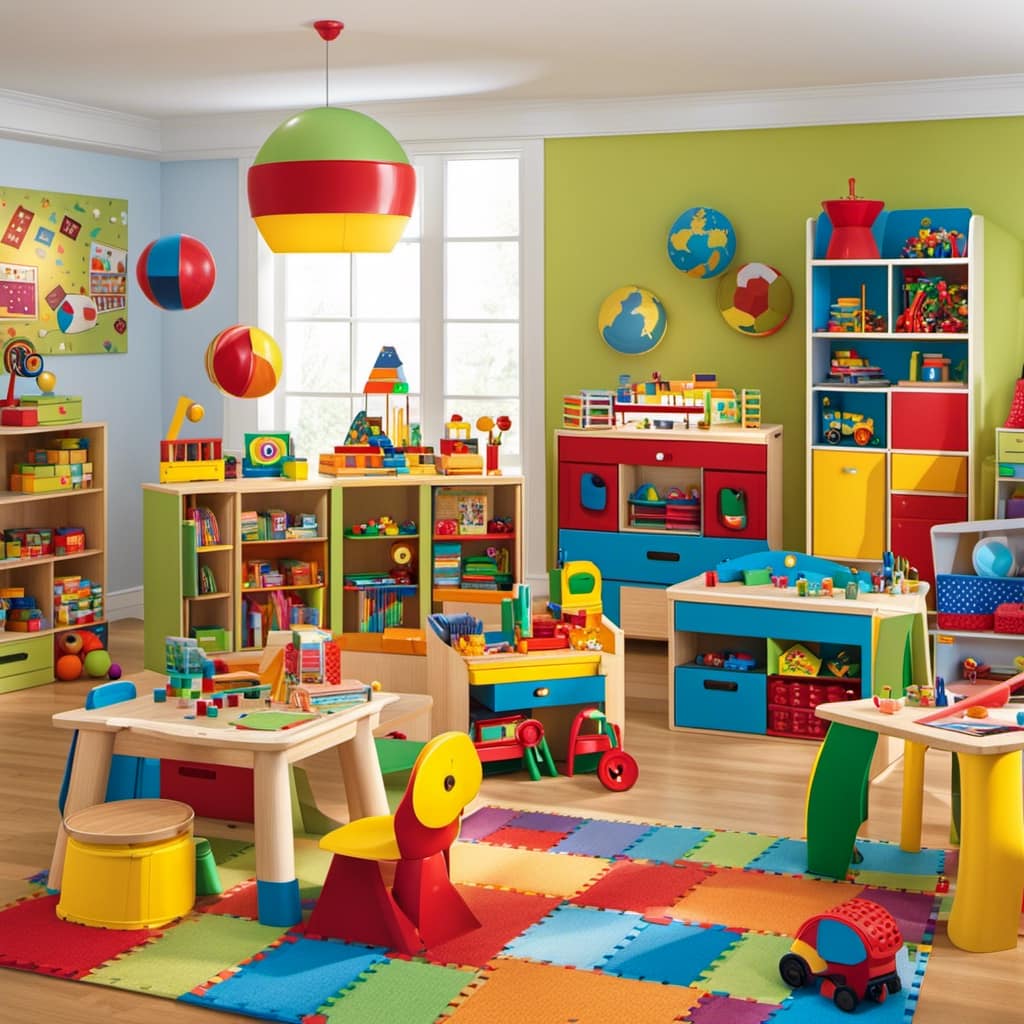
It promotes social skills by encouraging collaboration and communication.
Art enhances cognitive abilities, boosting creative thinking and problem-solving skills.
Emotionally, art provides a safe space for self-expression and self-reflection.
It also helps develop fine motor skills through activities that require hand-eye coordination.
Furthermore, art fosters personal growth and expression, boosting self-confidence and self-esteem.
One interesting statistic is that a study found that children who engage in art activities are four times more likely to be recognized for academic achievement.
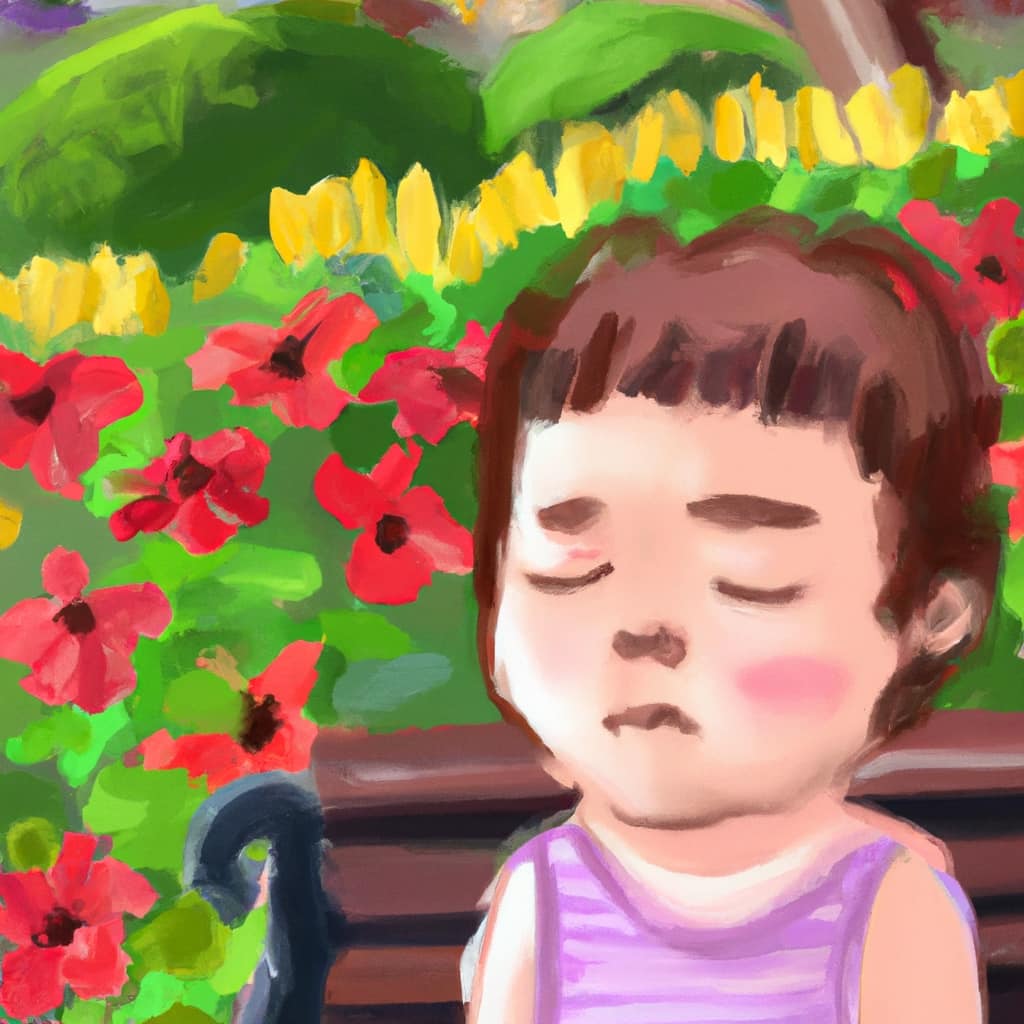
Overall, art is a powerful tool that nurtures children’s holistic growth and development.

